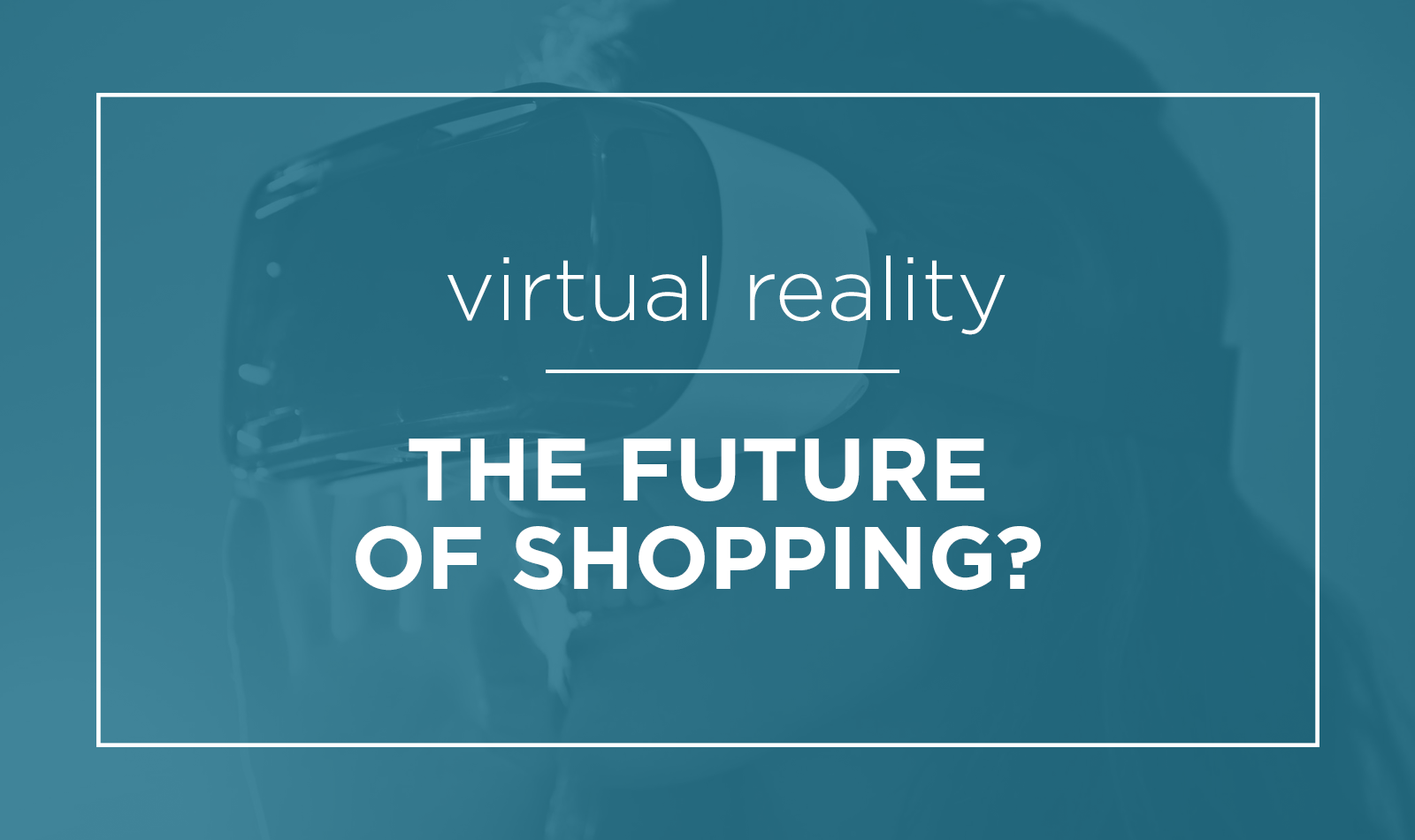
The digitized age of hybrid shopping experiences has created hyper-informed consumers who insist retailers win their hearts before they hand over their dough. Fair enough, but how can retailers stand out in a saturated market—especially when consumers have the world at their fingertips?
They get real. Not only are certain retailers changing the dynamics of the industry, they’re changing reality itself for their consumers. Virtual reality (VR) and augmented reality (AR) tactics in retail are projected to mushroom by more than 300% by 2025, presumably bringing revenues along with them.
Retail gets a reality check
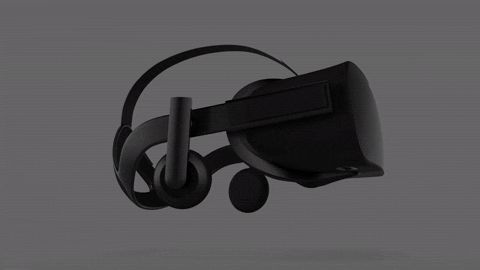
By integrating VR and AR, retailers are bridging gaps between ecommerce platforms and physical store locations. From navigation assistance to product customization and comparison, these pliable realities give consumers access to new and exciting dimensions in which they can participate.
Such unique virtual encounters help create immersive and engaging customer experiences—a far cry from stagnant products sitting lifeless on a shelf. Plus, these multi-dimensional shopping experiences support the consumer desire for something more inspiring than an exchange of money.
Making shopping fun again
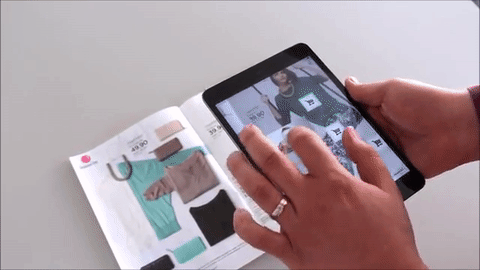
With technology solutions like VR and AR, retailers are completely changing the way consumers experience their products and services. For instance, AR routing can optimize the best path through the store for a time-strapped shopper. It can also be used to gamify the customer experience by leading to hidden discounts and other in-store surprises. But that's not all: some retailers are using AR to create immersive catalog experiences for off-site guests, complete with interactive product demonstrations and comparisons.
Grossed out by fitting rooms? VR can allow your digital avatar to try on clothes without ever getting undressed. That takes "try before you buy" to a whole new level! Some retailers are even launching VR stores that allow consumers to browse digital aisles and shop via a virtual encounter. VR and AR in retail also promise to reach an entirely untapped segment of consumers who face physical obstacles that make traditional shopping difficult.
Consumers have more than indicated a readiness for new and alternative ways to shop—and VR, AR, and CGI (computer generated imagery) are here to oblige. (In fact, CGI is the machine that powers the digital marketing space behind VR and AR in retail.) We’re here for it, too—Kreber’s CGI capabilities can push the boundaries of 3D visualization to evoke real emotion.
Who’s doing it best?
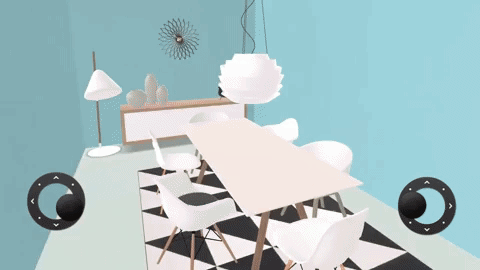
Many companies are using VR and AR to create immersive consumer experiences without the high price of the theme park. Here are a few examples that have us excited about the possibilities.
- Toyota's Oculus Rift challenges confident teens to put their money where their mouths are with a VR “distracted driving” simulator. Teens get behind the wheel of a stationary Toyota wearing the Oculus Rift headset for a VR experience complete with three-dimensional sights, sounds, and nagging friends in the back seat.
- Alibaba's Buy+ is bringing VR shopping to consumers by way of their smartphones and a simple headset. Customers can enjoy virtually browsing hundreds of items in Alibaba's VR mall with the option of making real-time purchases through a virtual interface. Brands like Alibaba, which lacks physical locations, can reach wider audiences and let consumers complete the entire shopping experience using VR.
- Ever been curious about how a cordless hedge trimmer handles? Lowe's Holoroom is a VR simulator that allows consumers to demo power tools before they buy. These true-to-life experiences are designed to help customers make more informed purchasing decisions while safely training those who might be skittish around power tools.
- Ikea's VR kitchen is complete with room-scale motion tracking, allowing consumers to complete everyday kitchen tasks while fantasizing about their dream kitchen.
Virtual reality is here to stay
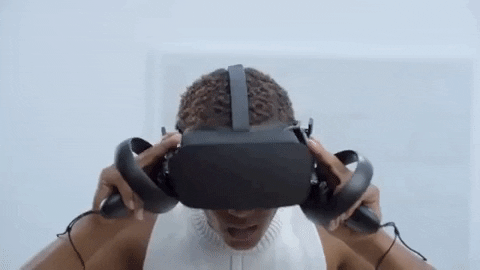
So…it’s not a fad. Virtual and augmented reality represent the next wave in a massive disruption of how we’ve shopped for decades, and it is coming to a store near you. Our advice? Try to forget how silly you look in the goggles (seriously, no one looks cool in them) and enjoy what VR has to offer. You’ll be surprised and delighted by the magic, and if it makes your purchase decisions easier, you’ll always come out ahead.



